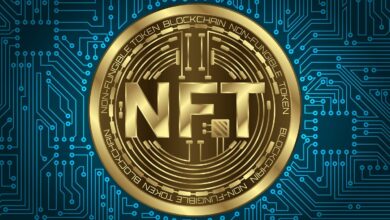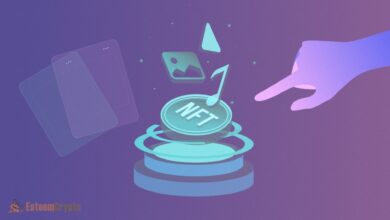NFT Social Media Marketing Complete Guide to Boost Your Digital Collectibles Sales in 2025
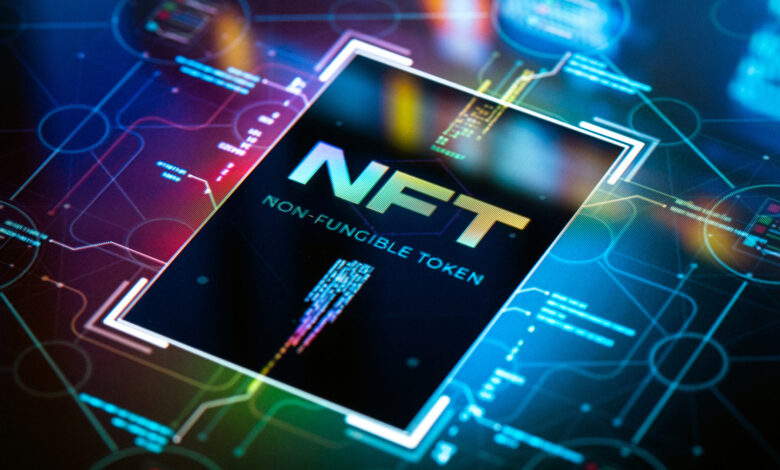
The world of non-fungible tokens has revolutionized digital ownership, creating unprecedented opportunities for creators, collectors, and investors alike. However, success in the NFT space isn’t just about creating stunning digital art or innovative utility tokens—it’s about effectively reaching your target audience.
NFT social media marketing has emerged as the cornerstone of successful digital collectible campaigns, enabling creators to build communities, generate buzz, and drive substantial sales. With the right social media strategy, NFT projects can transform from unknown entities to viral sensations overnight.
This comprehensive guide will explore proven tactics, platform-specific strategies, and advanced techniques to help you master NFT social media marketing and achieve remarkable results in the competitive digital collectibles marketplace.
Understanding the NFT Social Media Landscape
The digital collectibles market has evolved dramatically since its inception, with social media platforms serving as the primary battleground for attention and engagement. Unlike traditional marketing approaches, NFT promotion requires a unique blend of community building, storytelling, and technical education that resonates with both crypto-savvy collectors and newcomers to the blockchain space.
Social media platforms have become essential infrastructures for NFT discovery, with collectors and investors relying heavily on Twitter, Discord, Instagram, and emerging platforms to identify promising projects. The viral nature of social media perfectly complements the speculative and community-driven aspects of NFT culture, where trends can explode overnight and influence market valuations by millions of dollars.
Key Characteristics of NFT Social Media Marketing
Effective NFT promotion on social media differs significantly from conventional product marketing. The audience consists of early adopters, tech enthusiasts, art collectors, and speculative investors who value authenticity, transparency, and innovation. These users are highly engaged, extremely vocal about their preferences, and quick to identify and reject inauthentic marketing attempts.
The fast-paced nature of social media aligns perfectly with the FOMO (fear of missing out) psychology that drives much of the NFT market. Limited drops, exclusive reveals, and time-sensitive announcements create urgency that can translate directly into sales and community growth.
Platform-Specific NFT Marketing Strategies
Twitter: The NFT Hub
Twitter has established itself as the unofficial headquarters of NFT culture, where major announcements break, communities form, and market sentiment shifts in real-time. The platform’s thread format allows for detailed project explanations, while its retweet mechanism enables rapid viral spread of compelling content.
Successful NFT projects on Twitter typically maintain a consistent posting schedule, engage authentically with community members, and participate in broader conversations about blockchain technology, digital art, and crypto trends. The use of relevant hashtags, strategic timing of posts, and collaboration with influential NFT accounts can significantly amplify reach and engagement.
Profile optimization is crucial for NFT projects on Twitter. A clear bio explaining the project’s value proposition, pinned tweets showcasing key information, and branded visuals help establish credibility and make strong first impressions on potential collectors.
Instagram: Visual Storytelling for NFTs
Instagram’s visual-first approach makes it ideal for showcasing NFT artwork and building aesthetic brand identity. The platform’s Stories, Reels, and IGTV features provide multiple formats for content creation, allowing NFT projects to demonstrate their artistic process, share behind-the-scenes content, and create engaging tutorials about blockchain technology.
The Instagram algorithm favors consistent posting, high-quality visuals, and strong engagement rates. NFT projects that succeed on Instagram typically develop a cohesive visual style, use trending audio in Reels, and leverage user-generated content to build community trust and authenticity.
Collaboration with art influencers, digital artists, and crypto enthusiasts can help NFT projects reach new audiences on Instagram. The platform’s collaborative post feature and influencer partnership tools make it easier to execute effective influencer marketing campaigns.
Discord: Building NFT Communities
While not traditionally considered a social media platform, Discord has become indispensable for NFT community building. The platform’s server structure allows projects to create dedicated spaces for different types of discussions, announcements, and community activities.
Successful NFT Discord servers typically include channels for general discussion, project announcements, trading discussions, technical support, and community events. Moderation is crucial, as these spaces can quickly become chaotic without proper management and clear community guidelines.
The real-time chat nature of Discord enables direct communication between project teams and community members, fostering stronger relationships and higher engagement levels than traditional social media platforms allow.
Content Creation Strategies for NFT Social Media Marketing
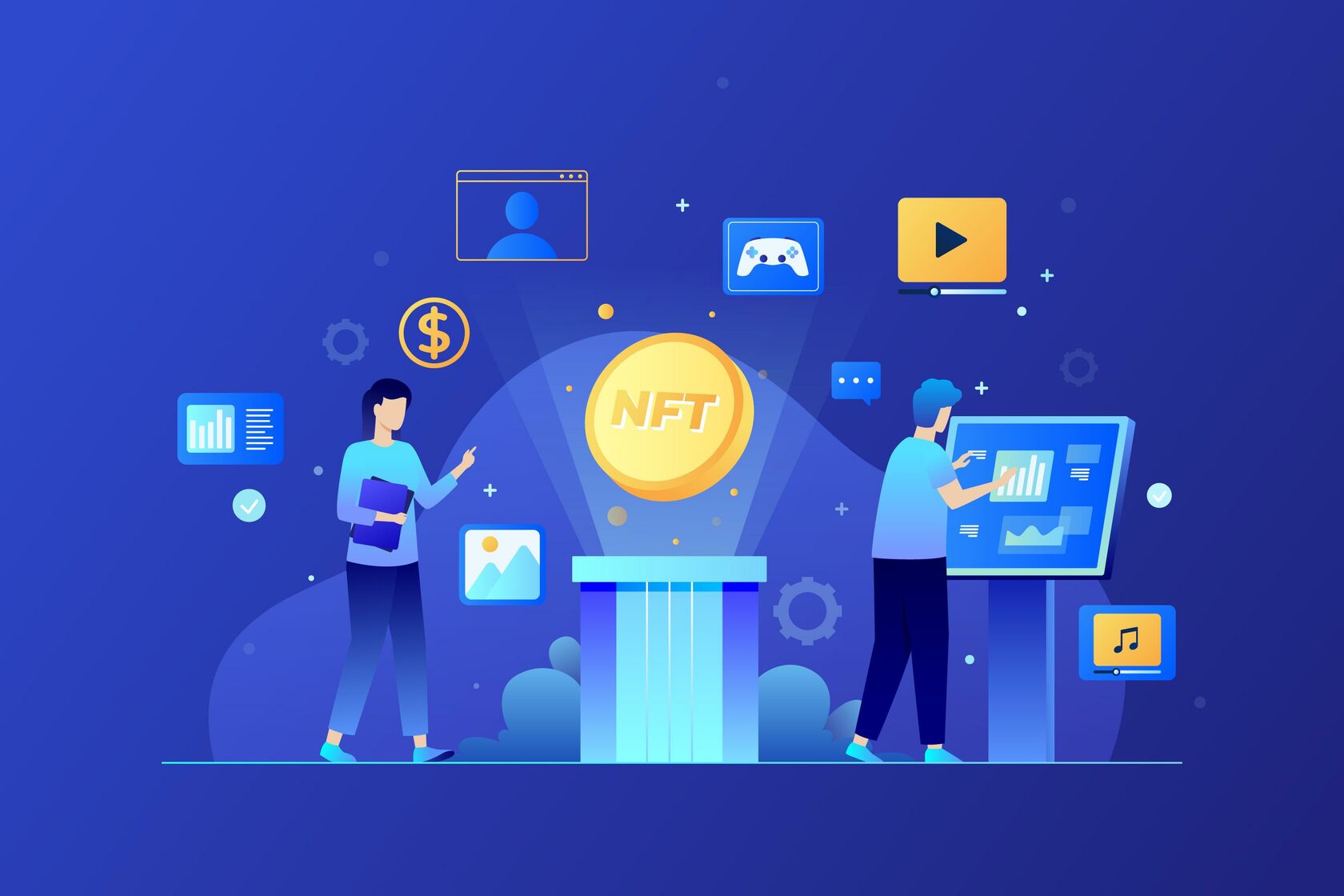
Educational Content
One of the most effective approaches to NFT social media marketing involves creating educational content that helps newcomers understand blockchain technology, digital ownership, and the specific value proposition of your project. This approach builds trust, establishes authority, and attracts genuine supporters rather than purely speculative traders.
Educational content can take many forms, including infographics explaining blockchain concepts, video tutorials about wallet setup and NFT purchasing, blog posts about the future of digital ownership, and interactive Q&A sessions addressing common concerns about NFTs.
The key to successful educational content is striking the right balance between technical accuracy and accessibility. Content should be informative enough to provide real value while remaining understandable to audiences with varying levels of technical expertise.
Behind-the-Scenes Content
Transparency and authenticity are highly valued in the NFT community, making behind-the-scenes content an excellent way to build trust and engagement. This type of content humanizes your project, showcases the creative process, and provides exclusive insights that make followers feel like insiders.
Behind-the-scenes content might include artist interviews, development process documentation, team introductions, workspace tours, or time-lapse videos of artwork creation. This content works particularly well on Instagram Stories and TikTok, where casual, unpolished content often performs better than highly produced material.
Community-Generated Content
Leveraging user-generated content is a powerful way to amplify your NFT social media marketing efforts while building stronger community bonds. Encouraging holders to share their NFTs, create derivative works, or participate in community challenges can generate authentic content that reaches new audiences through existing community members’ networks.
Successful community-generated content campaigns often include specific hashtags, clear guidelines, and meaningful incentives for participation. These campaigns work best when they align with natural community behaviors and provide genuine value to participants beyond simple promotional exposure.
Advanced NFT Social Media Marketing Techniques
Influencer Partnerships
Collaborating with established NFT influencers, crypto personalities, and digital art enthusiasts can significantly expand your project’s reach and credibility. However, successful influencer partnerships in the NFT space require careful selection and authentic collaboration rather than simple paid promotions.
The most effective NFT influencer partnerships involve genuine interest in your project, long-term collaboration rather than one-off posts, and content that provides real value to the influencer’s audience. Micro-influencers with highly engaged NFT-focused audiences often provide better ROI than macro-influencers with broader but less targeted followings.
When selecting influencers, consider their audience alignment, engagement rates, content quality, and reputation within the NFT community. Authenticity is crucial, as the NFT community is particularly skilled at identifying and rejecting inauthentic promotional content.
Cross-Platform Integration
Effective NFT social media marketing requires a coordinated approach across multiple platforms, with each platform serving specific roles in your overall strategy. Cross-platform integration ensures consistent messaging while leveraging each platform’s unique strengths and user behaviors. A typical cross-platform strategy might use Twitter for announcements and community engagement.
Instagram for visual storytelling and brand building, Discord for community management and direct communication, and emerging platforms like TikTok for reaching younger audiences and creating viral content. Consistent branding, coordinated content calendars, and platform-specific content adaptation help create a cohesive user experience while maximizing the unique opportunities each platform provides.
Data-Driven Optimization
Successful NFT social media marketing requires continuous monitoring, analysis, and optimization based on performance data. Social media analytics provide insights into content performance, audience behavior, optimal posting times, and engagement patterns that can inform strategic decisions. Key metrics for NFT social media marketing include engagement rates, reach and impressions, follower growth, click-through rates to marketplaces, and conversion rates from social media to actual NFT sales.
Advanced analytics might also track sentiment analysis, hashtag performance, and competitive benchmarking. Regular analysis of these metrics enables data-driven optimization of content strategy, posting schedules, platform prioritization, and resource allocation to maximize marketing effectiveness and ROI.
Building and Nurturing NFT Communities
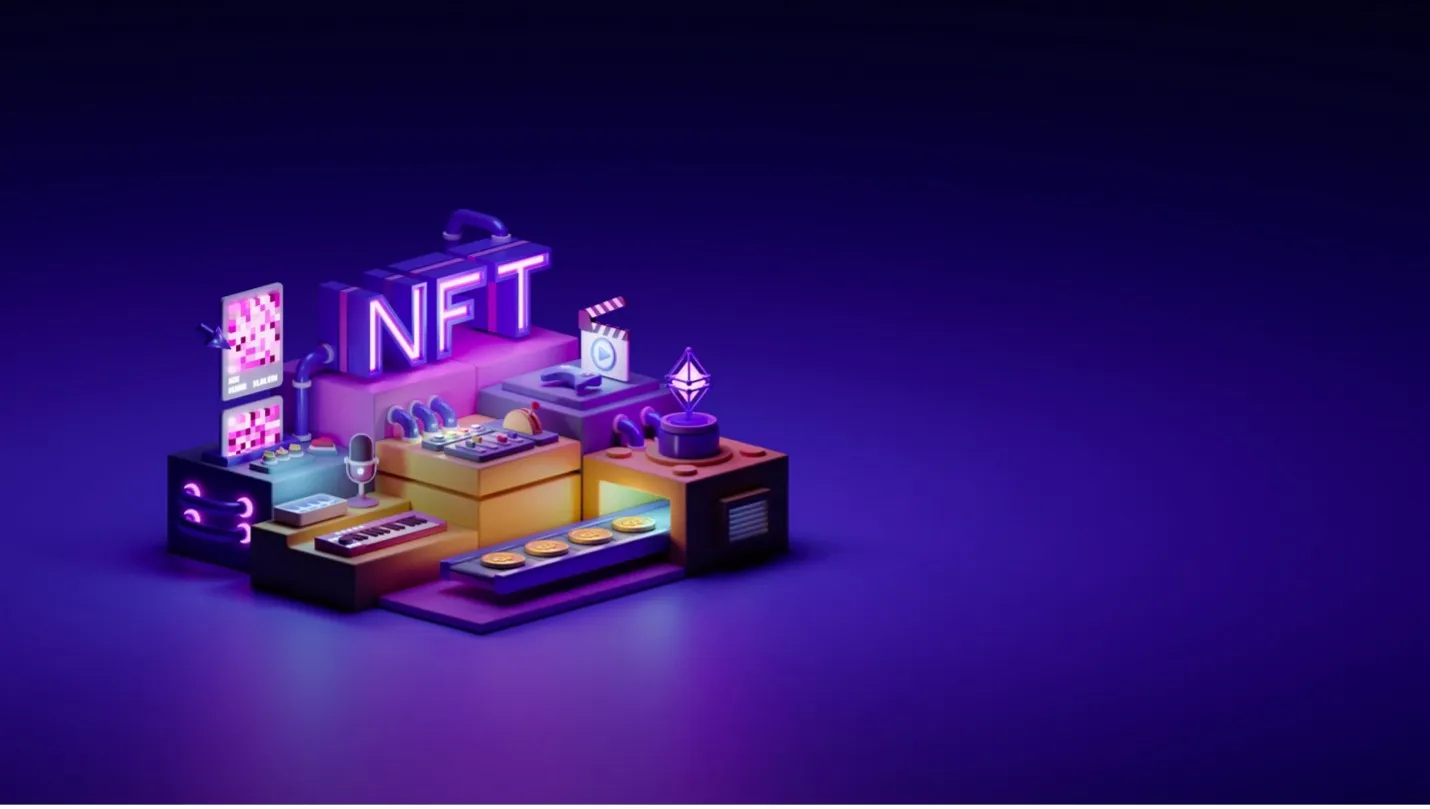
Community Management Best Practices
Effective community management is essential for successful NFT social media marketing, as engaged communities drive word-of-mouth marketing, provide valuable feedback, and create sustainable long-term value for projects. Strong community management involves consistent communication, transparent updates, responsive customer service, and proactive conflict resolution.
Community managers should understand both the technical aspects of blockchain technology and the cultural nuances of NFT communities. They must be able to explain complex concepts clearly, address concerns promptly, and maintain a positive community atmosphere even during challenging market conditions.
The most successful NFT communities feel more like collaborative movements than traditional customer relationships, with community members actively participating in project development, marketing efforts, and long-term strategic planning.
Reward Systems and Incentives
Implementing meaningful reward systems and incentives can significantly enhance community engagement and loyalty. These systems might include exclusive access to new drops for active community members, special roles or recognition for contributions, collaborative decision-making opportunities, or token-based reward mechanisms.
Effective reward systems align incentives between project success and community benefit, creating sustainable engagement rather than short-term promotional boosts. The most successful systems provide multiple ways for community members to contribute and be recognized, accommodating different skills, interests, and time commitments.
Long-term Community Value
Building sustainable NFT communities requires focus on long-term value creation rather than short-term hype generation. This involves developing genuine utility for NFT holders, creating ongoing engagement opportunities, and maintaining active development and communication even after initial sales success.
Successful long-term community strategies often include roadmap execution, regular community events, holder benefits and perks, collaborative project development, and expansion into related areas like gaming, virtual events, or physical merchandise.
Measuring Success in NFT Social Media Marketing
Key Performance Indicators (KPIs)
Effective measurement of NFT social media marketing success requires tracking both traditional social media metrics and NFT-specific indicators. Traditional metrics include follower growth, engagement rates, reach and impressions, website traffic, and social media conversion rates.
NFT-specific KPIs might include marketplace listing views, secondary market trading volume, holder retention rates, community Discord activity, and floor price stability. These metrics provide insights into both immediate marketing effectiveness and long-term project sustainability.
The most valuable insights often come from analyzing relationships between different metrics, such as how social media engagement correlates with secondary market activity or how community growth impacts holder retention rates.
ROI Calculation and Analysis
Calculating return on investment for NFT social media marketing requires careful tracking of both costs and revenues attributable to social media efforts. Direct costs include content creation, community management, influencer partnerships, and paid advertising, while indirect costs might include time invested by team members and opportunity costs of focusing on social media versus other marketing channels.
Revenue attribution can be challenging in NFT marketing, as the customer journey often involves multiple touchpoints across different platforms and extended consideration periods. Advanced tracking methods might include UTM parameters, social media-specific discount codes, or surveys asking new holders how they discovered the project.
Long-term ROI analysis should also consider the value of community building, brand awareness, and market positioning that may not translate immediately into sales but provide ongoing benefits for future project launches and business development.
Common Mistakes in NFT Social Media Marketing
Avoiding Over-Promotion
One of the most common mistakes in NFT social media marketing is excessive self-promotion without providing genuine value to the audience. Constant sales pitches, repetitive content, and purely promotional posts quickly alienate potential supporters and damage project credibility.
Successful NFT social media strategies typically follow the 80/20 rule, with 80% of content focused on education, entertainment, or community value, and only 20% directly promotional. This approach builds trust and engagement that ultimately drives more sales than aggressive promotional tactics.
Maintaining Authenticity
The NFT community has developed sophisticated methods for identifying and rejecting inauthentic marketing efforts. Purchasing followers, fake engagement, misleading claims, or copying successful projects’ strategies without understanding their context often backfire dramatically in the NFT space.
Authenticity in NFT social media marketing means being transparent about project development, honest about challenges and setbacks, consistent in communication style and values, and genuine in community interactions. Authentic projects may grow more slowly initially but tend to build more sustainable and valuable communities long-term.
Managing Community Expectations
Unrealistic promises, vague roadmaps, and overhyped announcements can create unsustainable expectations that damage project credibility when reality falls short. Effective NFT social media marketing involves careful expectation management, clear communication about timelines and deliverables, and honest updates about progress and challenges.
Setting realistic expectations and consistently exceeding them builds stronger community trust than making grand promises that may be difficult to fulfill. Successful projects often under-promise and over-deliver rather than the reverse.
Future Trends in NFT Social Media Marketing
Emerging Platforms and Technologies
The social media landscape continues evolving rapidly, with new platforms, features, and technologies creating fresh opportunities for NFT marketing. Virtual and augmented reality platforms, AI-powered content creation tools, and blockchain-based social media platforms may significantly impact how NFT projects reach and engage with their audiences.
Early adoption of emerging platforms can provide significant advantages, but successful adoption requires understanding each platform’s unique culture, user behaviors, and content formats. The key is identifying platforms with genuine growth potential rather than chasing every new trend without strategic reasoning.
Integration with Web3 Technologies
The future of NFT social media marketing likely involves deeper integration with Web3 technologies, including decentralized social media platforms, token-gated communities, and blockchain-based identity systems. These technologies may enable new forms of community engagement, content monetization, and user ownership that align more closely with NFT values and principles.
Projects that successfully integrate Web3 technologies into their social media strategies may gain significant advantages in community building, user acquisition, and long-term sustainability. However, successful integration requires balancing innovation with usability and accessibility for mainstream audiences.
Also Read: NFT Official Website Guide How to Find Authentic NFT Platforms in 2025
Conclusion
Mastering NFT social media marketing is essential for success in today’s competitive digital collectibles marketplace. The strategies and techniques outlined in this guide provide a comprehensive framework for building engaged communities, driving meaningful engagement, and ultimately achieving sustainable success in the NFT space.
The key to successful NFT social media marketing lies in understanding that it’s fundamentally about building relationships and communities rather than simply promoting products. By focusing on providing genuine value, maintaining authenticity, and fostering long-term community engagement, NFT projects can create sustainable competitive advantages that extend far beyond individual sales cycles.
As the NFT landscape continues evolving, the projects that prioritize community building, embrace emerging technologies thoughtfully, and maintain consistent value delivery will be best positioned for long-term success. The future belongs to NFT projects that view social media marketing not as a promotional tool, but as a platform for building meaningful, lasting relationships with their communities.


